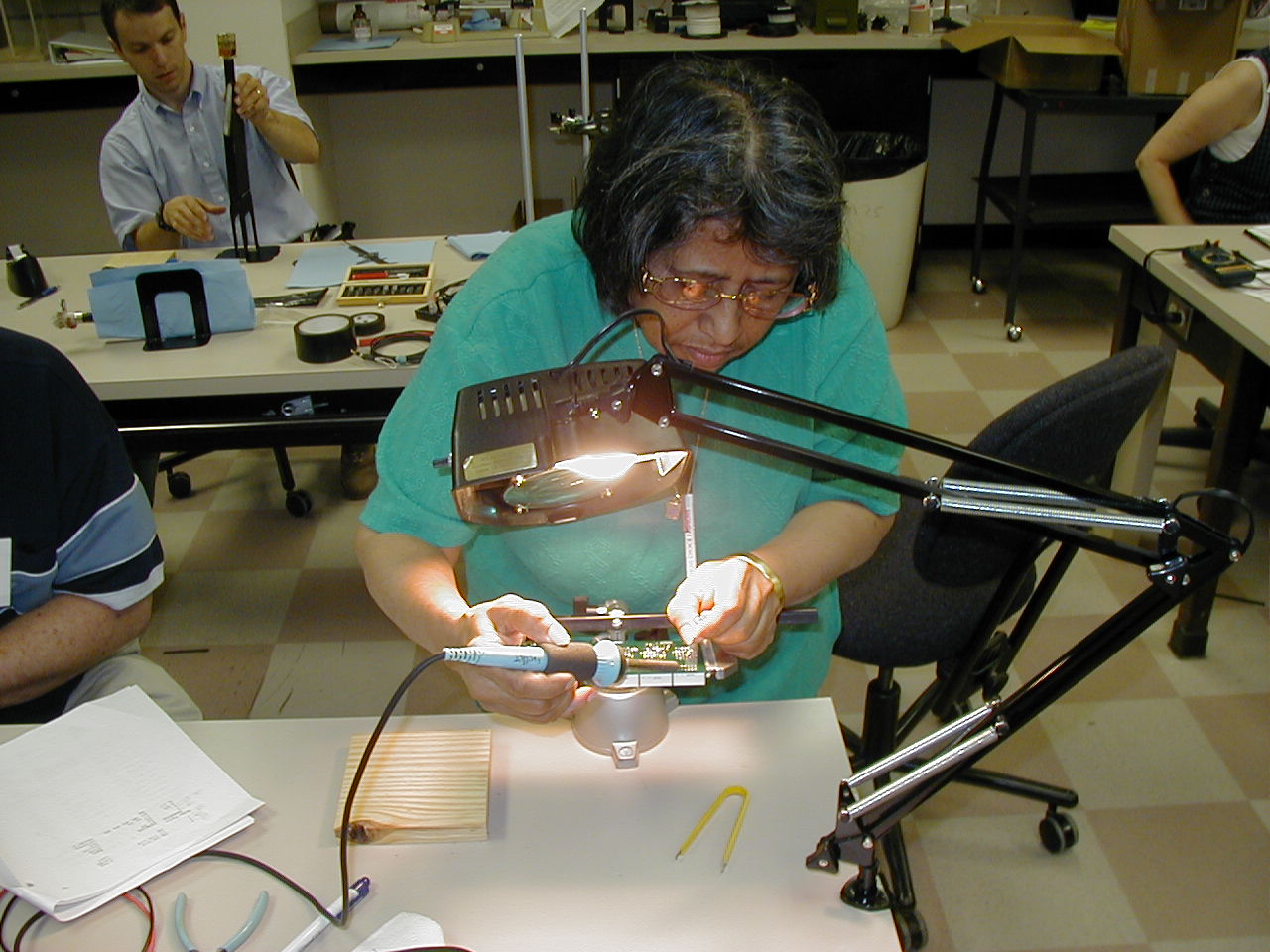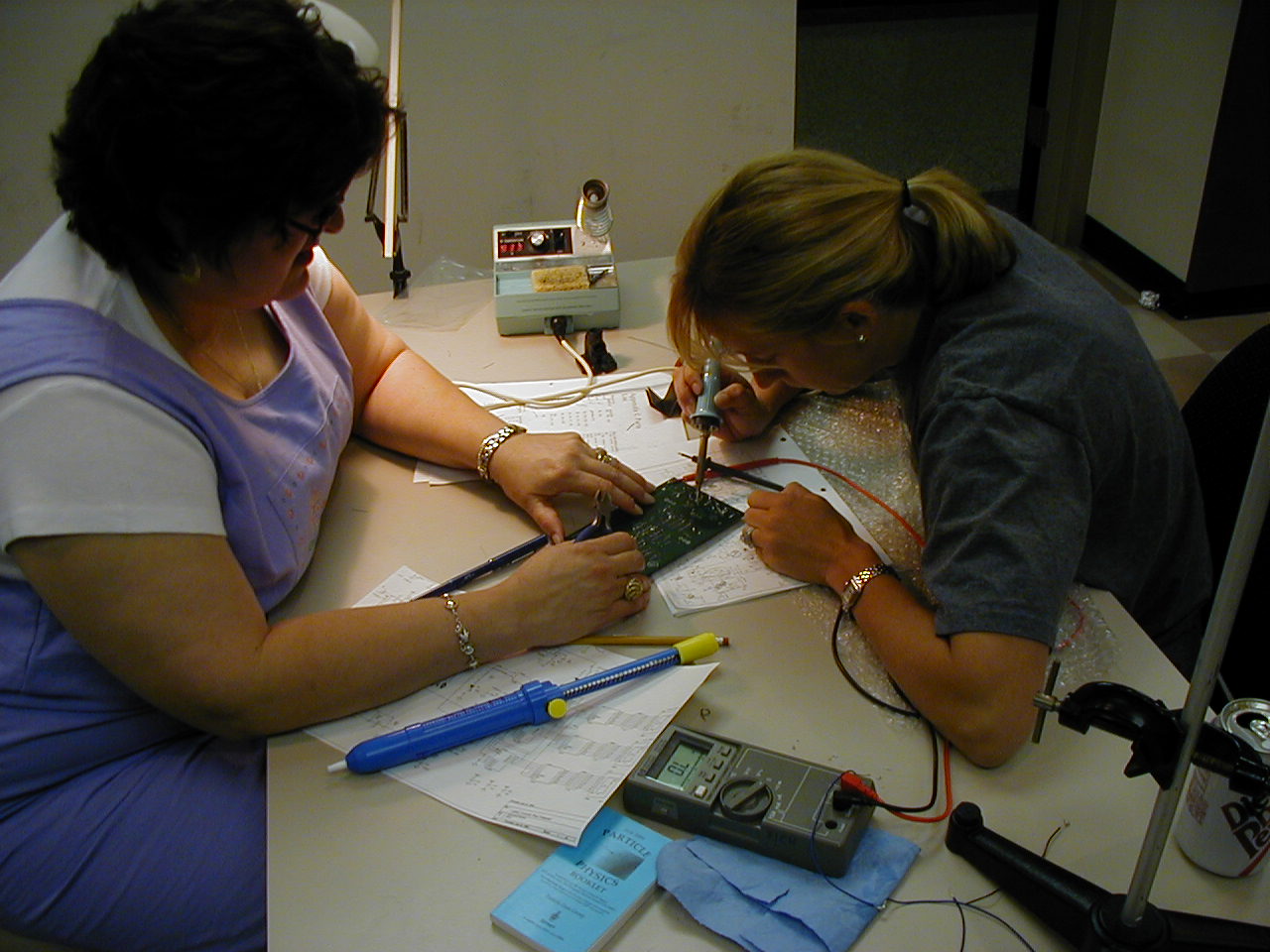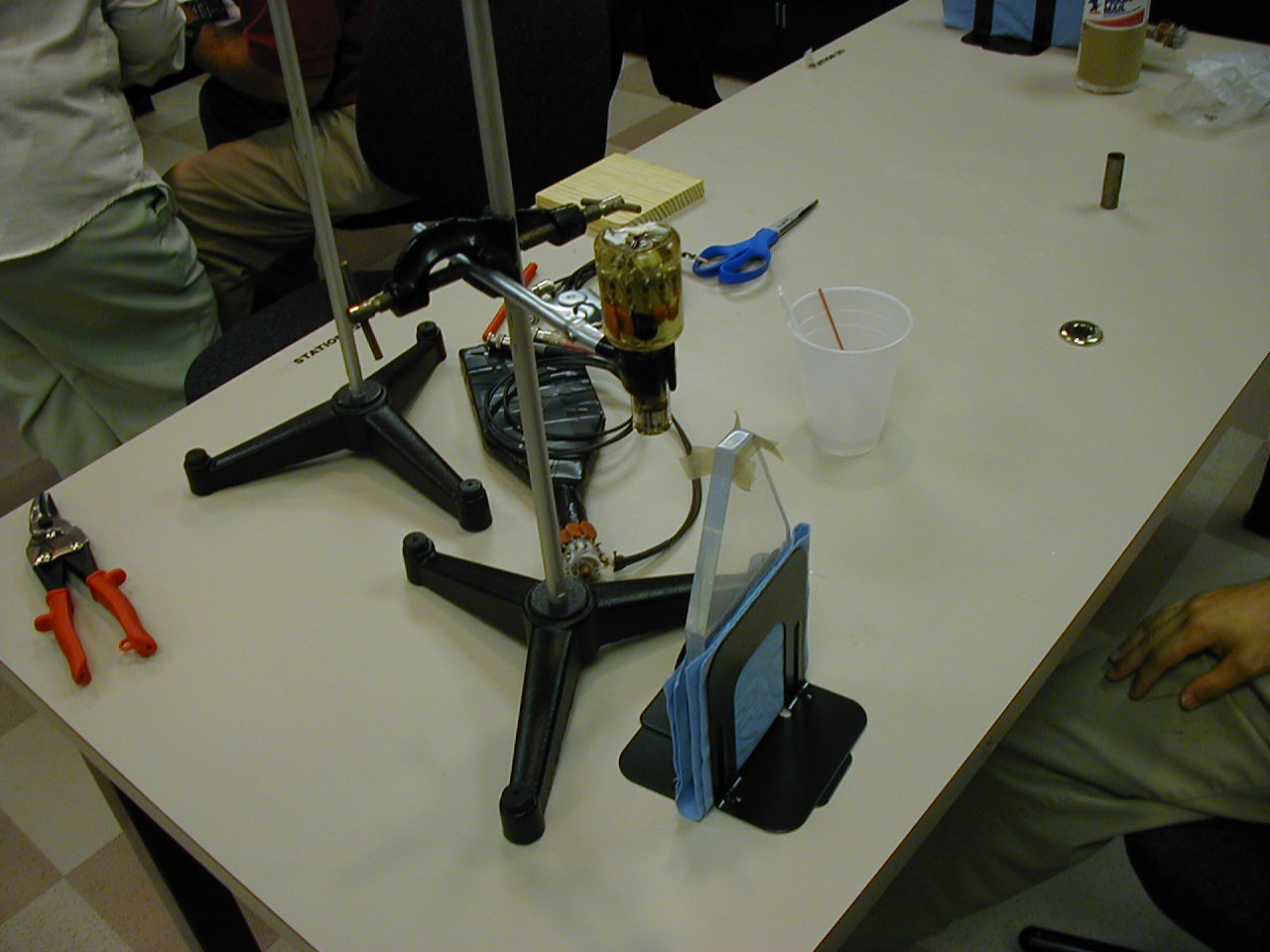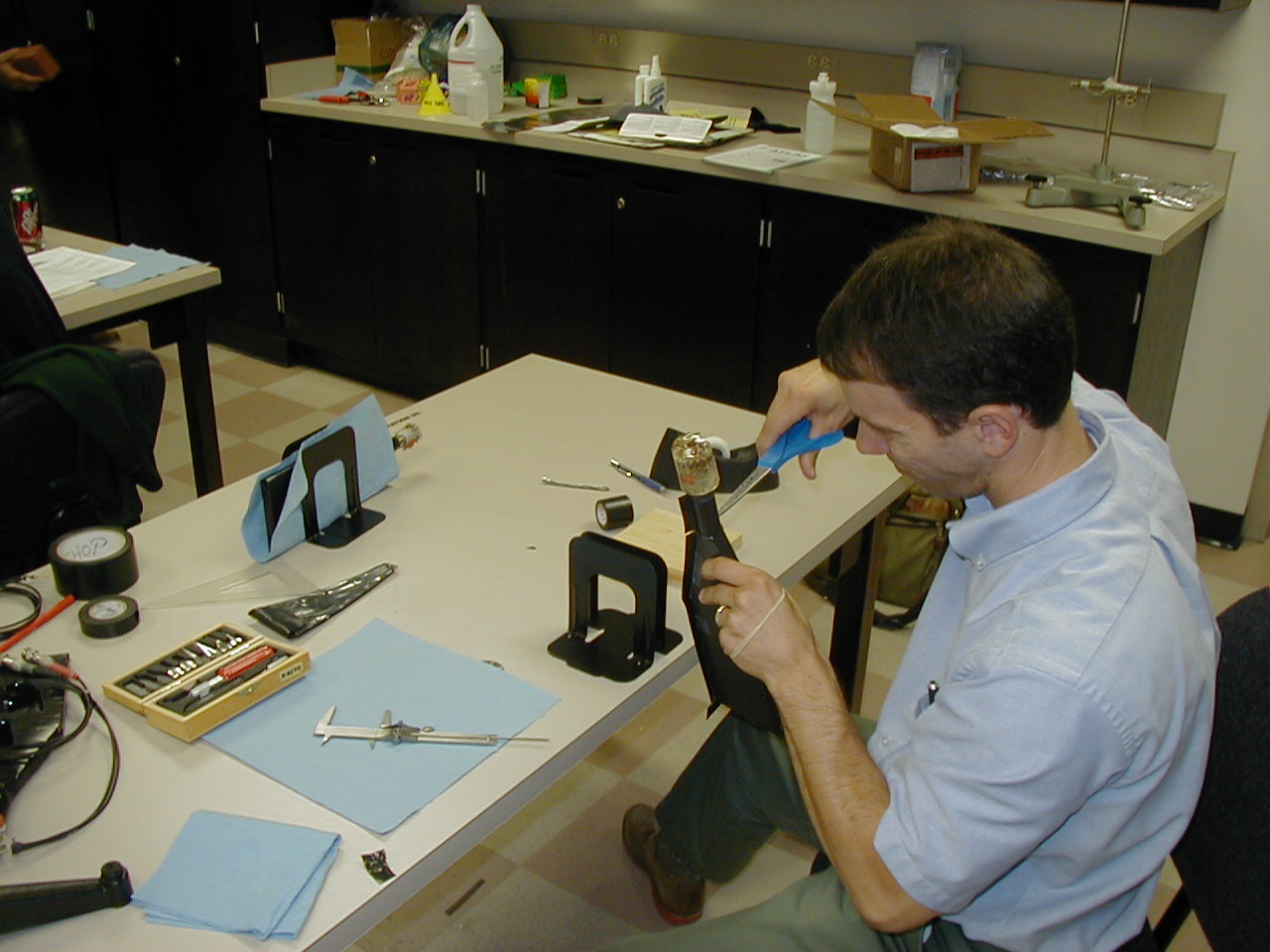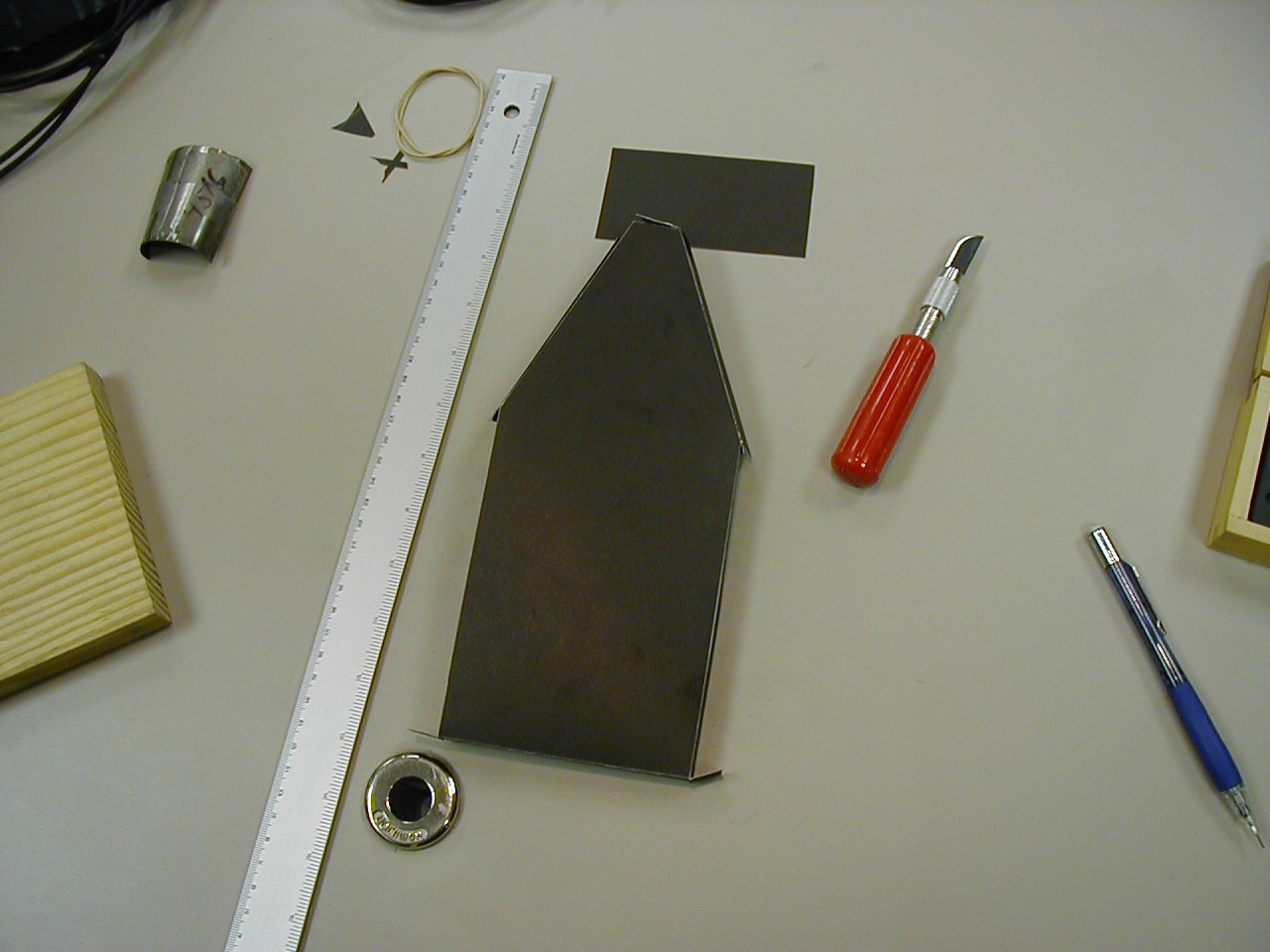TE Coan Outreach & Global Pedagogy


Pedagogical Muon Lifetime Experiment
In response to the
dearth of high-quality experiments for undergraduate physics majors,
Professor Jingbo Ye and I have developed a novel pedagogical
muon lifetime experiment specifically intended for undergraduate
physics laboratory instruction. This experiment's instrument uses
modern and inexpensive electronics to perform the essential timing of
the muon's 2.2 sec lifetime. The instrument is also
capable of demonstrating the time dilation effect of special
relativity, measuring the sea level charge
ratio, measuring the Fermi coupling constant
, and providing a source of genuinely random
numbers for testing standard probability distributions. Prototype
versions of the instrument have been used in Quarknet teacher
workshops. To ensure that the instrument is widely available to
colleges and universities, we founded a company (MATPHYS LLC), that manufactures
them. Currently, over 150 instruments are in use at universities
throughout the world. A technical description of the experiment
is published in the American Journal of Physics, vol. 74, p161 (2006).
Quarknet
Particle Detectors (ppt format, 6.9 MB) General lecture
describing accelerators and a few detectors used extensively in
particle physics experiments. Many images were lifted from a variety
of public www sites (CERN, CLEO, CPEP, FNAL, SLAC, SNO and others).
Particle Detectors, pt. 1, (5.8 MB, pdf format)
PDF version of the first 23 slides.
Particle Detectors, pt. 2, (3.6 MB, pdf format) PDF version of the last
5 slides.
We (seven high school teachers and myself) are constructing 3 pairs of
scintillator trigger
paddles to be used to estimate the mean production height of
cosmic ray induced muons in the atmosphere. The general idea is to
measure the sea-level muon flux for a paddle pair as a function of
zenith angle out to about 45 degrees, and to then relate the reduction
in flux to the increased pathlength of muons in the atmosphere. The
teachers polish and wrap the scintillator, glue the photomultiplier
tube (pmt) to the scintillator, "stuff" the printed circuit board used
for the pmt readout, assemble the detector, and make the coincidence
measurements. The pmt readout scheme borrows heavily from the work of
Howard Matis and his team.
Muon trigger paddle construction
Here you can see the group, soldering the pmt readout boards, a
scintillator and pmt before gluing, and some of the wrapping
techniques we used.

<email to coan@mail.physics.smu.edu>
Back to Coan's Home Page


![]()

